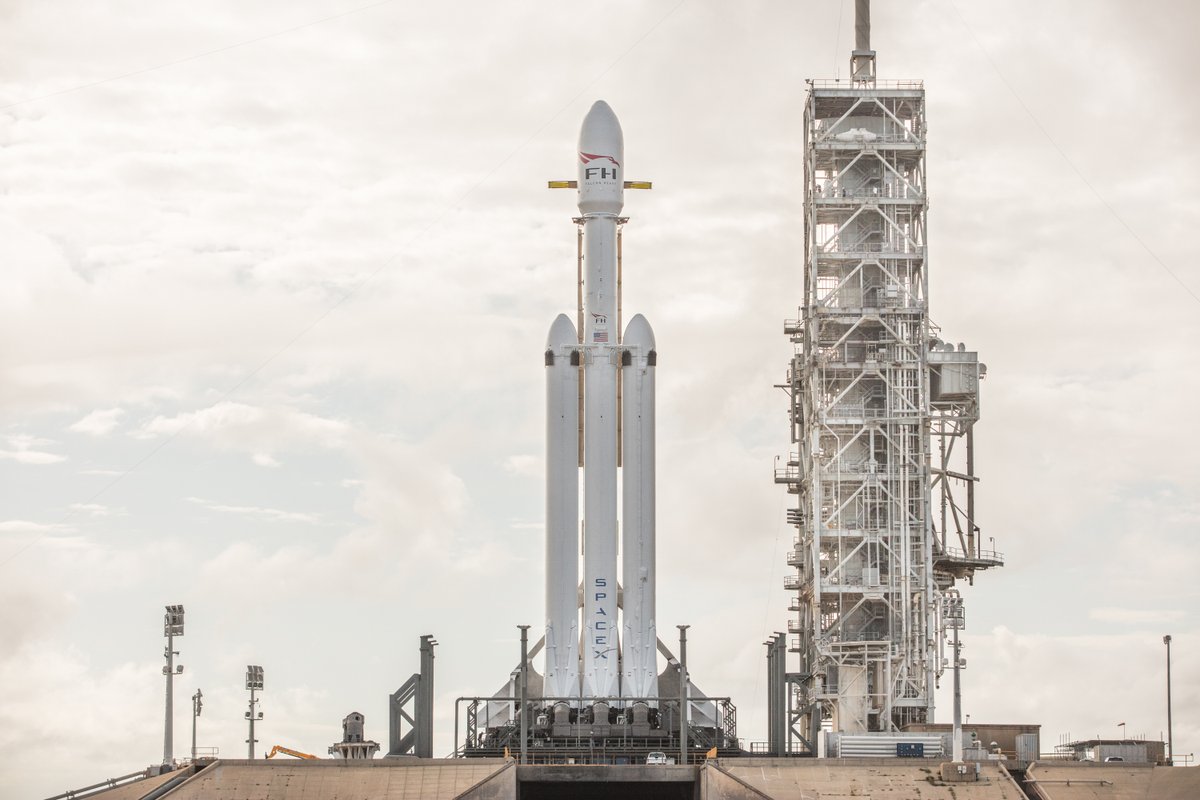
A technical issue with a SpaceX rocket has forced a delay in the launch of the GOES-U weather satellite. NOAA told reporters today that the SpaceX Falcon Heavy center core booster has an issue that requires additional testing and preparation. Specifically, a liquid oxygen leak was discovered during routine new booster testing. NOAA says the weather satellite isn’t expected to launch before May 2024 now.
The Falcon Heavy is a reusable super heavy-lift launch vehicle being designed and manufactured by Elon Musk’s SpaceX. The Falcon Heavy, previously known as the Falcon 9 Heavy, is a variant of the existing Falcon 9 launch vehicle. Currently, the Falcon 9 is used to carry various objects into space, ranging from communication satellites to the Dragon cargo craft that resupplies the International Space Station. Falcon Heavy was designed from the outset to carry humans into space and would enable crewed missions to the Moon or Mars.
GOES-U is a large weather satellite which requires the lift provided by a Falcon Heavy to insert it into geosynchronous orbit. It is the last of a series of GOES-R type weather satellites that were launched to update NOAA’s fleet of weather satellites which began in 2016.

NOAA oversees the GOES-R Series Program through an integrated NOAA-NASA office, managing the ground system, operating the satellites, and distributing their data to users worldwide. NASA’s Goddard Space Flight Center manages the acquisition of the spacecraft and instruments, and also built the Magnetometer instrument for GOES-T and GOES-U. NASA’s Launch Services Program, based at Kennedy Space Center, manages the launch services for the GOES missions. Lockheed Martin designs, builds, and tests the GOES-R series satellites. L3Harris Technologies provides the primary instrument, the Advanced Baseline Imager, along with the ground system, which includes the antenna system for data reception.
In the past, the satellite was launched into space on a United Launch Alliance (ULA) Atlas V. In 2021, ULA announced the retirement of its Atlas V rocket, which provided an way in for SpaceX to conduct weather satellite launches for the NOAA-NASA office.